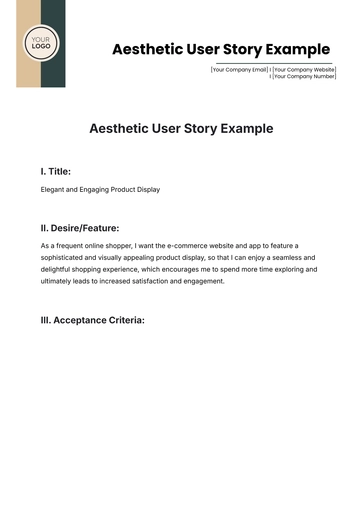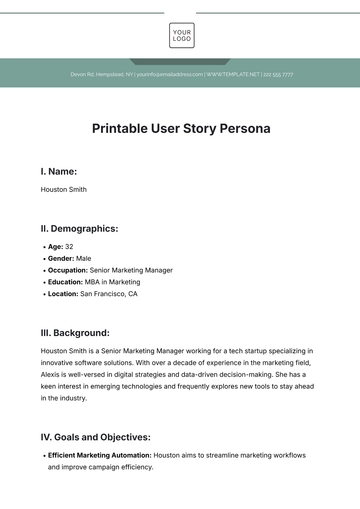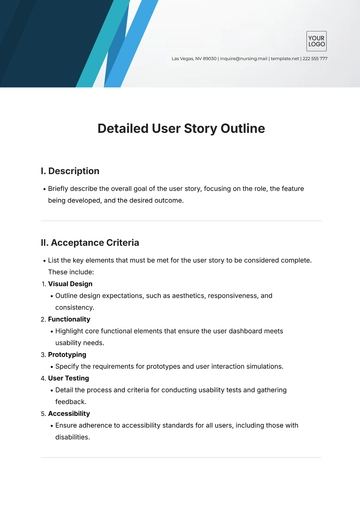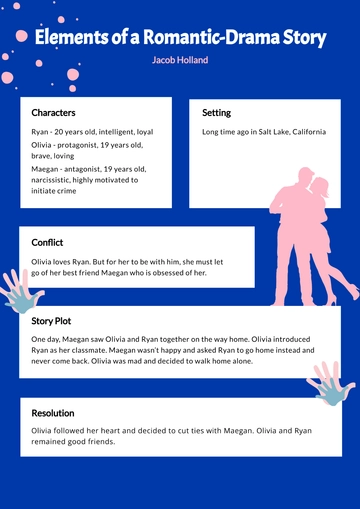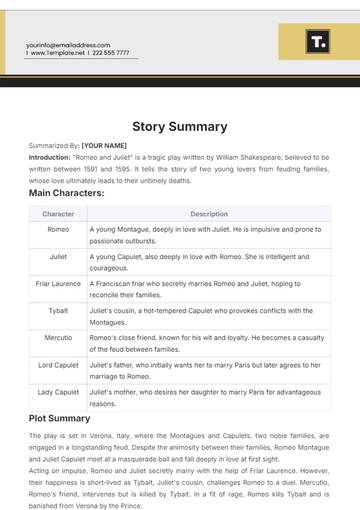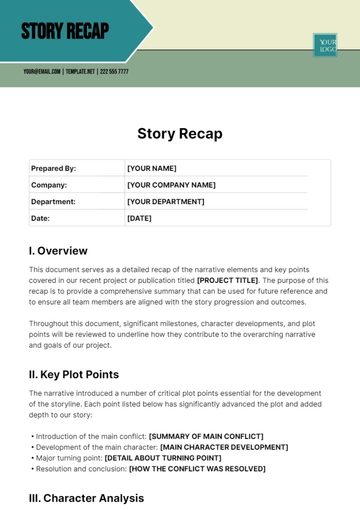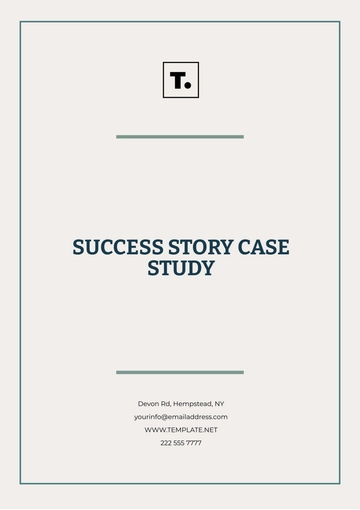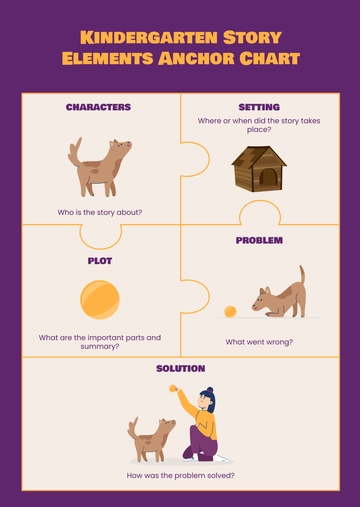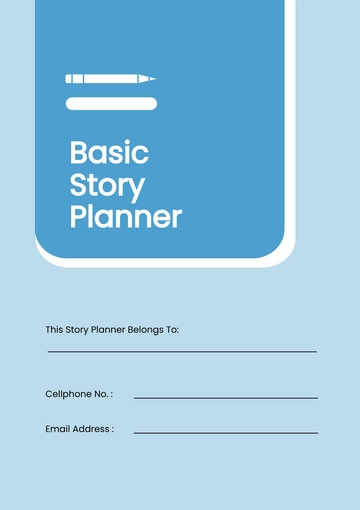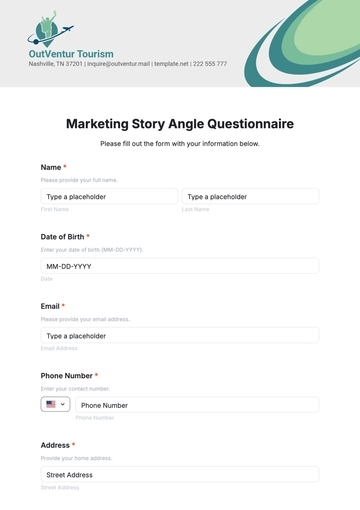User Story Specifications
I. Overview/Introduction:
[Your Company Name] is dedicated to enhancing user experience through efficient software development practices. In line with this commitment, we are initiating a project to develop a new feature that will streamline customer support ticket management within our software platform. The purpose of this user story is to outline the requirements for this feature and guide the development process effectively.
II. User Persona/User Role:
They aim to accomplish tasks such as monitoring support ticket queues, assigning tickets to agents, tracking response times, and analyzing customer feedback to identify areas for improvement.
The [Support Manager] interacts with our software to streamline customer support processes, prioritize and assign tickets effectively, track performance metrics, and enhance overall customer experience.
III. User Story/User Statement:
As a [Support Manager], I want to efficiently assign support tickets to agents based on their expertise and workload so that I can ensure timely resolution of customer issues and maintain high service quality standards.
IV. Acceptance Criteria/Requirements:
Feature Implementation:
The feature should be accessible from the main dashboard of the software.
Users should be able to assign support tickets to specific agents and set priority levels.
The feature should include automated notifications for new tickets and escalations based on predefined criteria.
Interface Design:
The user interface should be intuitive and user-friendly, following our established design guidelines.
Elements such as buttons, forms, and notifications should be visually consistent with the rest of the software.
Performance and Reliability:
The feature should perform efficiently, with minimal loading times and response delays.
It should be tested thoroughly to ensure compatibility across different devices and browsers.
Error Handling:
Security Measures:
Access to sensitive data or functionalities should be restricted based on user roles and permissions.
The feature should adhere to industry-standard security protocols to protect user information and prevent unauthorized access.
User Story Templates @ Template.net



